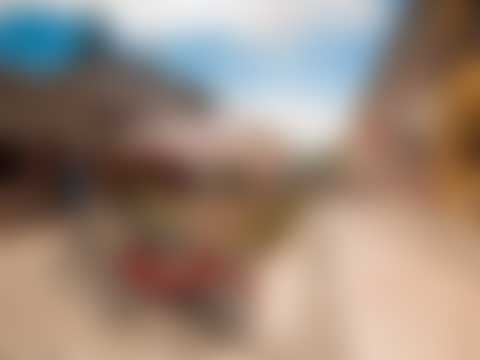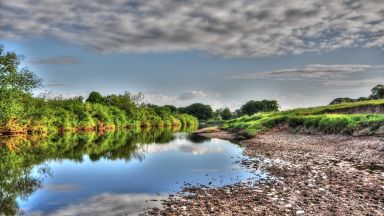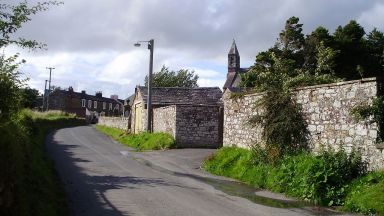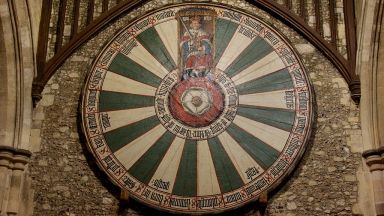Burgh by Sands
Village in Carlisle
Burgh by Sands is a village situated near the Solway Firth and Carlisle in the north of England.
It is the site of a Roman Fort of Hadrian’s Wall called Aballava. The village has been occupied continuously since Roman times. Following the end of the Roman Empire in 410AD stones from the wall provided a stones for buildings all around, from St. Michael’s Church, to manors, farmhouses and barns.
The powerful Medieval King, Edward I of England also known as ‘Edward Longshanks’ or ‘The Hammer of the Scots’ died here in 1307. When he arrived, on his way to war against the Scots and Robert the Bruce, he was in poor health. He had camped on the marsh in a place where his army could cross to Scotland at low tide and died on 7th July . King Edward’s body lay in St Michael’s Church in Burgh by Sands until it was taken to Westminster Abbey. A monument was erected in 1685 on Burgh Marsh marks the spot where he died. After a period of decay another was erected by the late Earl of Lonsdale, in 1803. On the 700th Anniversary of his death a statue was of Edward was also erected in the village.
This 12-century St. Michael’s Church was probably erected upon the foundations of an earlier building. The stone carvings of mythological beasts in the undercroft are thought to be Anglo Saxon. In the 14th century with almost continuous cross-border warfare the inhabitants decided to build the west tower of the Church as a place of refuge from attack. The western end housed the bells, while the eastern tower protected the priest from Scottish raids! Later, in the 16th century, the notorious Border Reivers terrorized the area, from both sides of the border – the word “bereaved” being derived from their title.
It has been suggested that Burgh by Sands could be the location of Avalon and where King Arthur died. While many say the link is tenuous at best, there are some interesting clues that could point to it being a contender. The famous Welsh historian, Geoffrey of Monmouth, wrote in his “Historia Regum Brittaniae” where he described Avalon as “a magical place, rich in apples”. The Roman fort name Aballava also derives from apple. It’s also been suggested that Excalibur was forged there.
The Burgh by Sands appears in our Complete Guide to Visiting Carlisle!
This website uses affiliate links which may earn a commission at no additional cost to you!
Visiting Burgh by Sands
24 Hours
Free
Nearby Attractions
- Hadrian’s Wall – Milecastle 71 – Wormanby (1.1) km
Roman Mile Castle in Carlisle - Hadrian’s Wall – Milecastle 70 – Braelees (2.4) km
Roman Mile Castle in Carlisle - Hadrian’s Wall – Milecastle 74– Burgh Marsh (3.2) km
Roman Mile Castle in Carlisle - Hadrian’s Wall – Milecastle 69 – Sourmilk Bridge (4.0) km
Roman Mile Castle in Carlisle - Hadrian’s Wall – Milecastle 75 – EastonBurgh Marsh (4.6) km
Roman Mile Castle in Carlisle - Hadrian’s Wall – Milecastle 68 – Boomby Gill (5.5) km
Roman Mile Castle in Carlisle - Hadrian’s Wall – Milecastle 67 – Stainton (6.1) km
Roman Mile Castle in Carlisle - Hadrian’s Wall – Milecastle 76 – Drumburgh (6.1) km
Roman Mile Castle in Carlisle - Drumburgh Castle (6.2) km
Castle in Carlisle - Hadrian’s Wall – Milecastle 77 – EastonBurgh Marsh (7.2) km
Roman Mile Castle in Carlisle



